

Articles
What Is Ice Damming On Roof
Modified: October 20, 2024
Learn about ice damming on roofs and how to prevent it with our informative articles. Get expert tips and advice to keep your roof safe and secure.
(Many of the links in this article redirect to a specific reviewed product. Your purchase of these products through affiliate links helps to generate commission for Storables.com, at no extra cost. Learn more)
Introduction
Ice damming on roofs is a common problem that many homeowners face during the winter months. It occurs when snow melts on the roof due to heat escaping from the interior of the house, and then refreezes at the eaves. Over time, this freezing and thawing process creates a dam of ice, which can lead to various issues such as water leaks, roof damage, and even structural problems.
Understanding the causes of ice damming, the risks associated with it, and how to prevent and remove ice dams are crucial for homeowners. By taking preventive measures and addressing ice dams promptly, you can protect your home and avoid costly repairs.
This article will delve into the details of ice damming on roofs, explore its causes, discuss the risks and problems that can arise, and provide practical solutions on prevention and removal. By the end, you’ll have a comprehensive understanding of ice damming and the necessary steps to mitigate its effects.
Key Takeaways:
- Ice damming on roofs occurs when snow melts, refreezes, and creates a barrier, leading to water leaks, structural damage, and energy inefficiency. Preventive measures like insulation and ventilation are crucial to avoid costly repairs.
- Understanding the risks of ice damming, addressing underlying causes, and hiring professionals for safe removal are essential for protecting your home. By taking proactive steps, homeowners can safeguard their roofs and maintain a comfortable living environment.
Read more: How To Remove Ice Dams From Gutters
Understanding Ice Damming
Ice damming occurs when snow on a roof melts and then refreezes at the edge of the roof, creating an ice barrier. This barrier prevents the melting snow from properly draining off the roof, leading to potential water damage to the roof, attic, and even the interior of the house.
The main reason why ice damming forms is the difference in temperature between the top and bottom parts of the roof. Typically, the upper part of the roof is warmer due to heat escaping from the house, while the lower part, particularly the eaves, is colder. When the warm air rises, it melts the snow on the roof, which trickles down to the cold eaves. However, once it reaches the eaves, where the temperature is below freezing, it refreezes and forms a solid barrier of ice.
Ice dams can be particularly problematic because they trap water behind them. As more snow melts on the warm roof, the water accumulates in the dam, increasing the risk of leaks and water damage. The water can seep under the shingles and find its way into the attic, causing rot, mold growth, and damage to insulation and ceilings.
Moreover, the weight of the ice can put strain on the roof structure. This can lead to sagging roofs, cracked shingles, and even collapse in extreme cases. The prolonged presence of ice dams can also result in damaged gutters, downspouts, and fascia boards.
It is important to note that ice damming is not just an issue for older homes. Even newer and well-insulated homes can experience it if certain conditions are met. Knowing the causes of ice damming can help homeowners take preventive measures and address the problem effectively.
Causes of Ice Damming
Ice dams on roofs are primarily caused by a combination of factors related to weather, insulation, ventilation, and the overall design of the roof. Understanding these causes can help homeowners identify potential problem areas and take proactive steps to prevent ice damming.
Inadequate insulation: Insufficient insulation in the attic allows warm air from the living space to escape through the ceiling and into the attic. This warm air then heats the roof, causing the snow to melt and contribute to ice dam formation.
Poor ventilation: Inadequate ventilation in the attic exacerbates the problem by trapping warm air and moisture. This can lead to a buildup of heat and moisture, which increases the likelihood of snow melting and forming ice dams.
Roof design: Certain roof designs are more prone to ice damming. Low-pitched roofs, for example, have a smaller surface area for the snow to slide off, resulting in more snow accumulation. Roof features such as valleys and dormers can also create areas where snow is more likely to accumulate, increasing the risk of ice dams.
Weather conditions: Extreme weather conditions, such as heavy snowfall followed by rapid temperature fluctuations, contribute to the formation of ice dams. When a significant amount of snow accumulates on the roof, it acts as an insulating layer and prevents heat from escaping. Once the temperature rises, this snow melts and refreezes at the eaves, creating ice dams.
Inefficient heating: Improperly functioning or inefficient heating systems can generate excess heat inside the house, causing the roof to warm up and contribute to snow melting.
Combining these factors creates a perfect storm for ice damming. It is essential for homeowners to address these causes to prevent the formation of ice dams and the subsequent damage they can cause to the roof and home interior.
Risks and Problems Associated with Ice Damming
Ice damming on roofs can lead to a range of risks and problems that can significantly impact the integrity of your home. Understanding these risks is crucial for homeowners to take the necessary steps to prevent and mitigate ice dam damage.
One of the primary risks of ice damming is water leakage. As the ice dam prevents melted snow from draining off the roof, the water can seep under the shingles and find its way into the attic. This can result in damage to the insulation, ceilings, and structural components of the roof, leading to costly repairs and potential health hazards like mold growth.
The weight of the ice dam can also put strain on the roof structure itself. This can lead to sagging roofs, cracked shingles, and even structural damage in severe cases. The weight can cause structural weakening and compromise the overall stability of the roof, putting your home at risk.
Additionally, the presence of ice dams can lead to damage to gutters, downspouts, and fascia boards. The weight of the ice can pull gutters away from the roofline or cause them to break under the pressure. This not only affects the functionality of the gutter system but also increases the risk of water pooling around the foundation, potentially leading to basement flooding and further damage.
Furthermore, the trapped water behind the ice dam can infiltrate the attic and cause damage to electrical systems and appliances. This poses a safety hazard and may require expensive repairs or replacements.
Ice damming can also have long-term effects on the roof’s lifespan. The repeated freezing and thawing cycle can cause the shingles to deteriorate at a faster rate, leading to premature roof failure and the need for costly replacements.
Lastly, ice damming can impact the energy efficiency of your home. As warm air escapes through the attic and causes snow to melt, it results in increased energy consumption to maintain a comfortable indoor temperature. This leads to higher heating costs and a less energy-efficient home.
Understanding the risks associated with ice damming highlights the importance of taking preventive measures and addressing ice dams promptly. By doing so, homeowners can protect their homes from water damage, structural issues, and costly repairs.
Make sure your attic is properly insulated and ventilated to prevent ice damming on your roof. This will help maintain a consistent temperature and prevent snow from melting and refreezing on the roof.
Prevention and Measures to Avoid Ice Damming
Preventing ice damming on roofs requires a combination of insulation, ventilation, and proactive measures to minimize heat loss and maintain a consistent roof temperature. By implementing the following preventive measures, homeowners can significantly reduce the risk of ice dam formation:
- Proper attic insulation: Insulating the attic floor prevents warm air from escaping through the ceiling and heating up the roof. This helps to maintain a uniform roof temperature and prevent snow from melting unevenly.
- Adequate attic ventilation: Good attic ventilation ensures proper air circulation, preventing the buildup of heat and moisture. Installing soffit vents to allow cool air to enter and roof vents to exhaust warm air helps to maintain a consistent roof temperature and minimize ice dam formation.
- Sealing air leaks: Identify and seal any air leaks in the attic, such as gaps around light fixtures, vents, and electrical outlets. This helps to prevent warm air from escaping and reduces the likelihood of melting snow.
- Insulate ductwork: Insulating ductwork in the attic prevents heat loss and reduces the chances of warm air reaching the roof and causing snow to melt.
- Clear snow from the roof: Using a roof rake or a snow removal tool to clear snow from the roof after heavy snowfall can help minimize the amount of snow available for melting and ice dam formation.
- Install heat tape: Heat tape or heated cables can be installed along the eaves and in the gutters to melt ice and prevent ice damming. However, this should be used as a temporary solution and not as a long-term fix.
It’s important to note that prevention measures should be implemented before the winter season begins. Regular maintenance, such as checking for proper insulation and ventilation, can help identify and address any issues before they lead to ice damming.
By taking these preventive measures, homeowners can minimize the risk of ice dam formation and protect their homes from water damage, structural issues, and other problems associated with ice damming.
Read more: What Is A Roof
Steps to Remove Ice Dams
If you already have ice dams on your roof, it is important to address them promptly to prevent further damage to your home. Here are the steps to remove ice dams:
- Safety first: Before attempting to remove ice dams, it is crucial to prioritize safety. Use caution when working on the roof, especially in icy conditions. Consider hiring professionals experienced in ice dam removal to ensure your safety.
- Create channels: Clearing channels through the ice dam will allow water to flow off the roof once the ice starts to melt. This can be done by using a roof rake or a shovel to carefully remove the snow and ice in a V-shaped pattern, starting from the eaves and working upward.
- Melt the ice: Using a gentle and safe method, such as calcium chloride ice melt, can help melt the ice dams. Fill a pair of old stockings or pantyhose with the ice melt and place them on the ice dam, positioning them perpendicular to the roof. This will create a channel for the meltwater to flow through the ice dam and prevent further buildup.
- Do not use hot water or salt: Avoid using hot water, as it can damage the roof and gutters, and avoid using salt, as it may harm plants and landscaping. Stick to safer methods like calcium chloride ice melt.
- Consult professionals: For large or stubborn ice dams, it is recommended to consult professionals for safe and efficient removal. They have the appropriate tools and expertise to remove ice dams without causing damage to the roof or gutters.
- Address the underlying issues: While removing ice dams is important, it is equally crucial to address the underlying causes to prevent future ice damming. Ensure proper insulation, ventilation, and sealing of air leaks in the attic to reduce heat loss and maintain a consistent roof temperature.
Keep in mind that removing ice dams can be a challenging and potentially dangerous task. It is always best to consult professionals if you are unsure or uncomfortable with the process. They have the experience and knowledge to safely remove ice dams and mitigate the risks associated with them.
Hiring Professionals for Ice Dam Removal
When dealing with ice dams on your roof, hiring professionals for ice dam removal can ensure safe and effective removal without causing further damage to your home. Here are some reasons why hiring professionals is recommended:
- Experience and expertise: Professionals specializing in ice dam removal have the necessary experience and expertise to safely and efficiently remove ice dams. They are familiar with different types of roofs and ice dam configurations, allowing them to employ the most effective removal techniques.
- Protecting your safety: Ice dam removal can be a hazardous task, especially when working at heights and dealing with icy surfaces. Professionals are trained to prioritize safety and have the appropriate safety equipment to prevent accidents or injuries, ensuring your safety and peace of mind.
- Access to specialized tools: Professionals have access to specialized tools and equipment specifically designed for ice dam removal. These tools, such as steamers or low-pressure hot water machines, can effectively melt ice dams without causing damage to the roof or gutters.
- Preventing further damage: Improper removal techniques can potentially cause damage to the roof, shingles, gutters, or other exterior components of your home. Professionals understand the delicate nature of the removal process and can take the necessary precautions to protect your property from further damage.
- Addressing the underlying issues: Professionals not only remove ice dams but also help identify and address the underlying causes of ice damming. They can provide recommendations for improving insulation, ventilation, and other factors that contribute to ice dam formation, helping you prevent future ice damming problems.
- Time and effort savings: Removing ice dams can be a time-consuming and physically demanding task. By hiring professionals, you can save time and effort, allowing you to focus on other important tasks or responsibilities.
When hiring professionals for ice dam removal, be sure to research and select reputable and experienced companies. Read reviews, ask for references, and compare quotes to ensure you are choosing a reliable and qualified provider. By entrusting the job to professionals, you can have peace of mind knowing that your ice dam removal will be handled safely and effectively.
Conclusion
Ice damming on roofs is a common problem that can lead to various issues and risks for homeowners. Understanding the causes, risks, and preventive measures associated with ice damming is crucial for protecting your home and avoiding costly repairs.
By addressing inadequate insulation and ventilation, sealing air leaks, and maintaining proper attic temperature, homeowners can significantly reduce the likelihood of ice dam formation. Regular maintenance and clearing snow from the roof can also help minimize the risk.
If ice dams have already formed on your roof, taking prompt action is essential. Creating channels through the ice dam and using safe methods to melt the ice can help prevent further damage. However, it is recommended to consult professionals for effective and safe ice dam removal, especially for larger or stubborn ice dams.
Hiring professionals ensures that the removal is done correctly, protecting your safety and preventing damage to your roof and gutters. They also provide valuable insights on addressing the underlying causes of ice damming, helping you prevent future occurrences.
Remember, prevention is key when it comes to ice damming. By implementing preventive measures, staying vigilant, and taking prompt action, you can safeguard your home from the risks and problems associated with ice dams.
By understanding the intricacies of ice damming and taking proactive measures, homeowners can protect their roofs, improve energy efficiency, and enjoy a safe and comfortable living environment during the winter months.
Frequently Asked Questions about What Is Ice Damming On Roof
Was this page helpful?
At Storables.com, we guarantee accurate and reliable information. Our content, validated by Expert Board Contributors, is crafted following stringent Editorial Policies. We're committed to providing you with well-researched, expert-backed insights for all your informational needs.
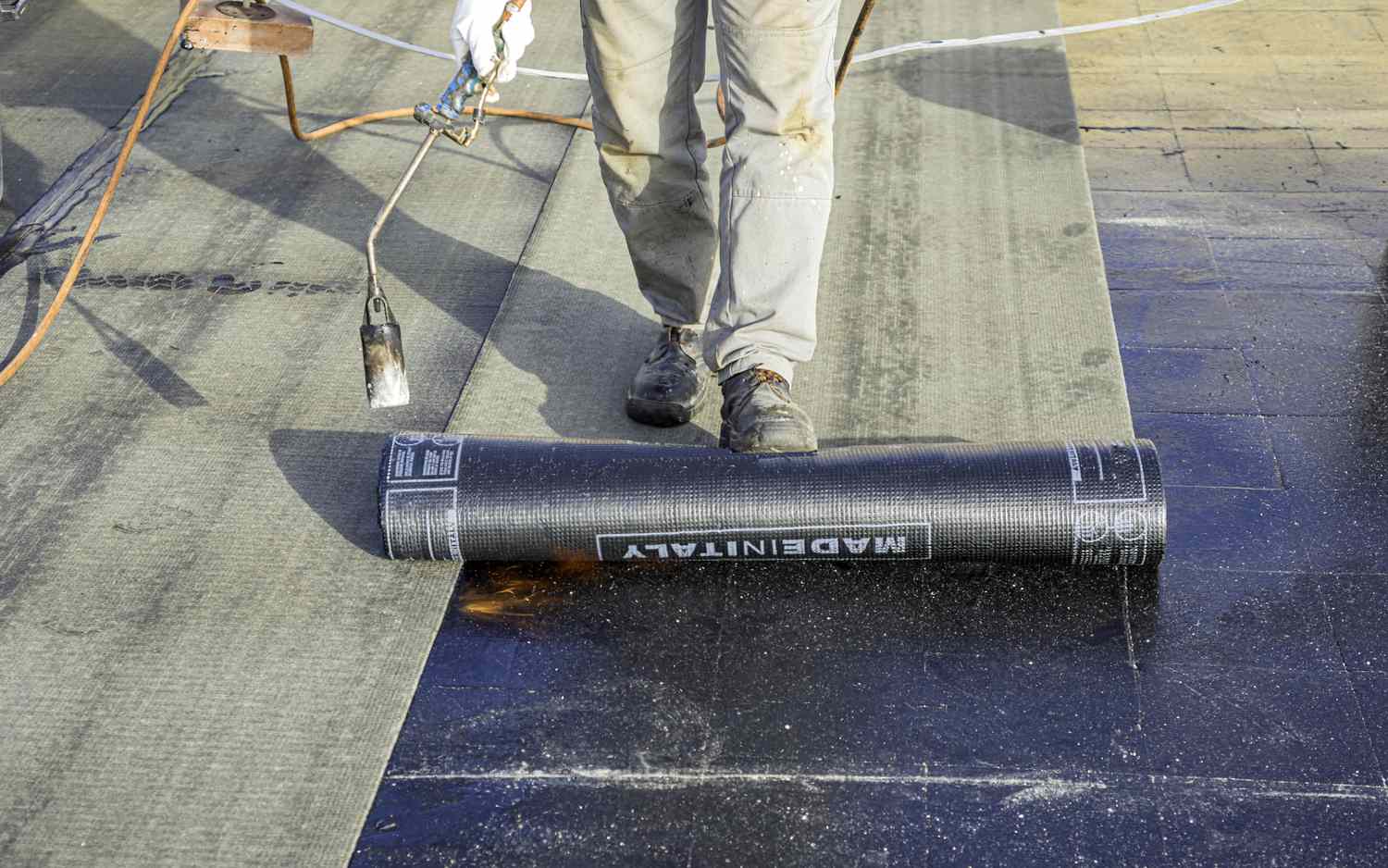

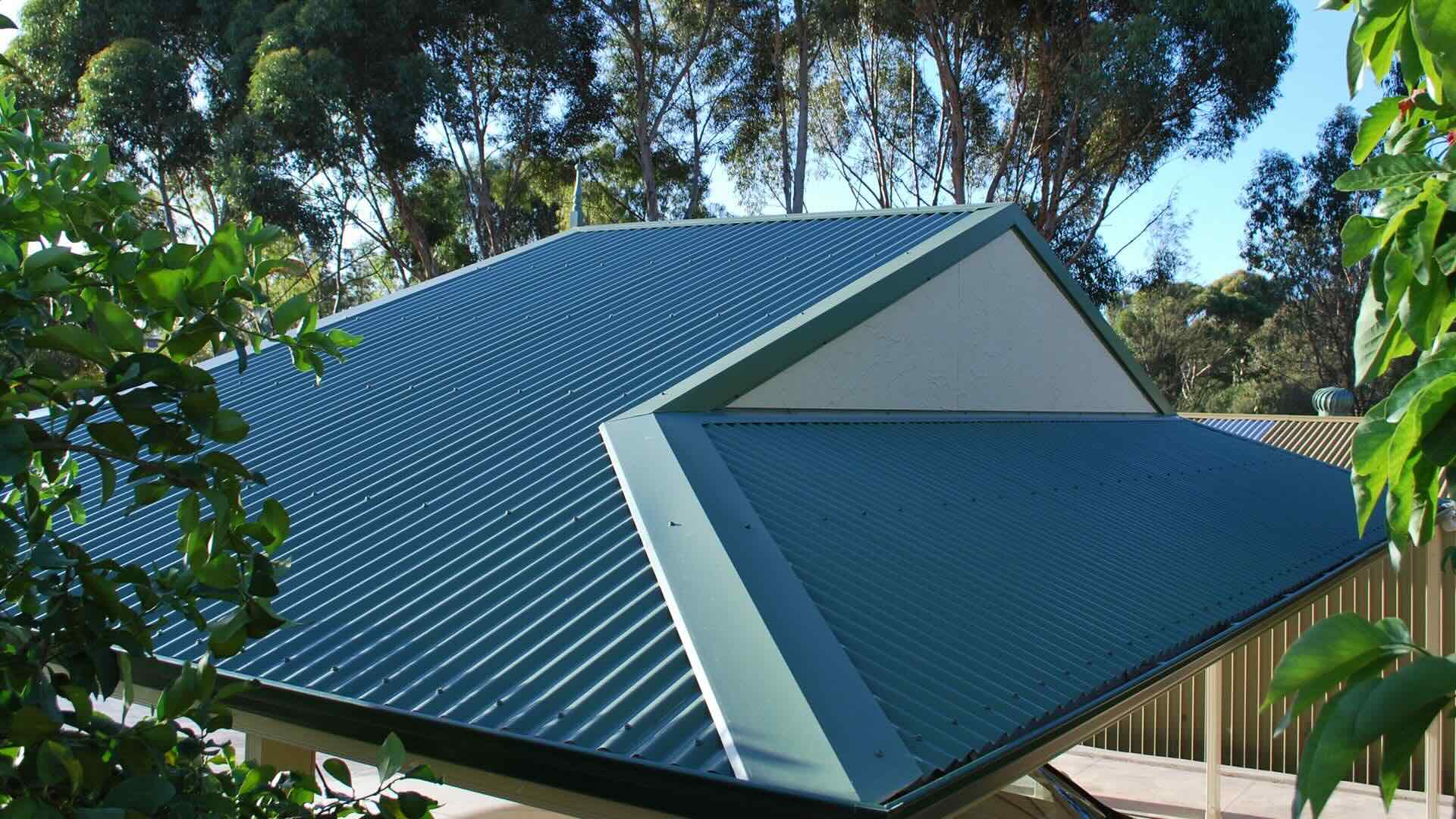
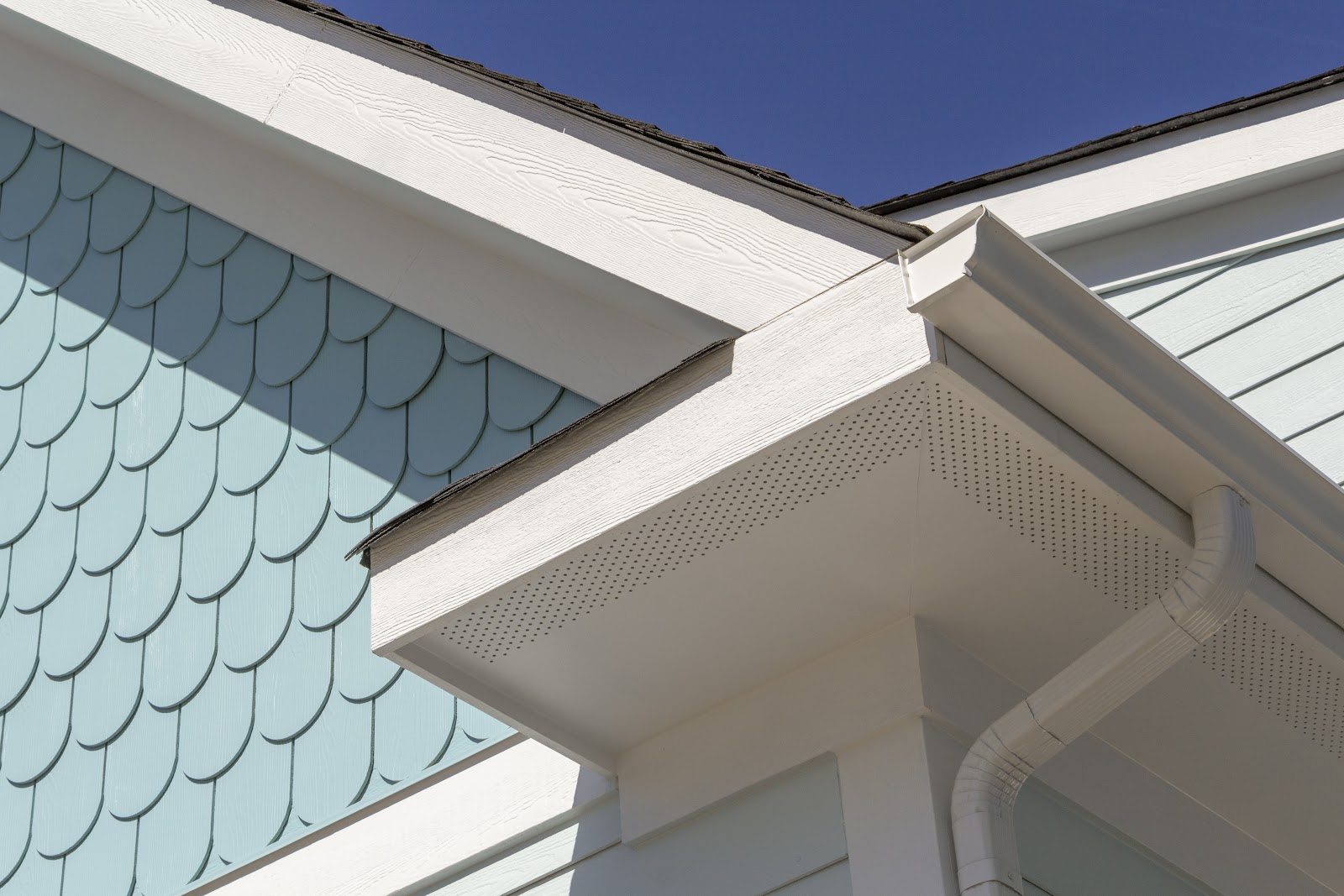
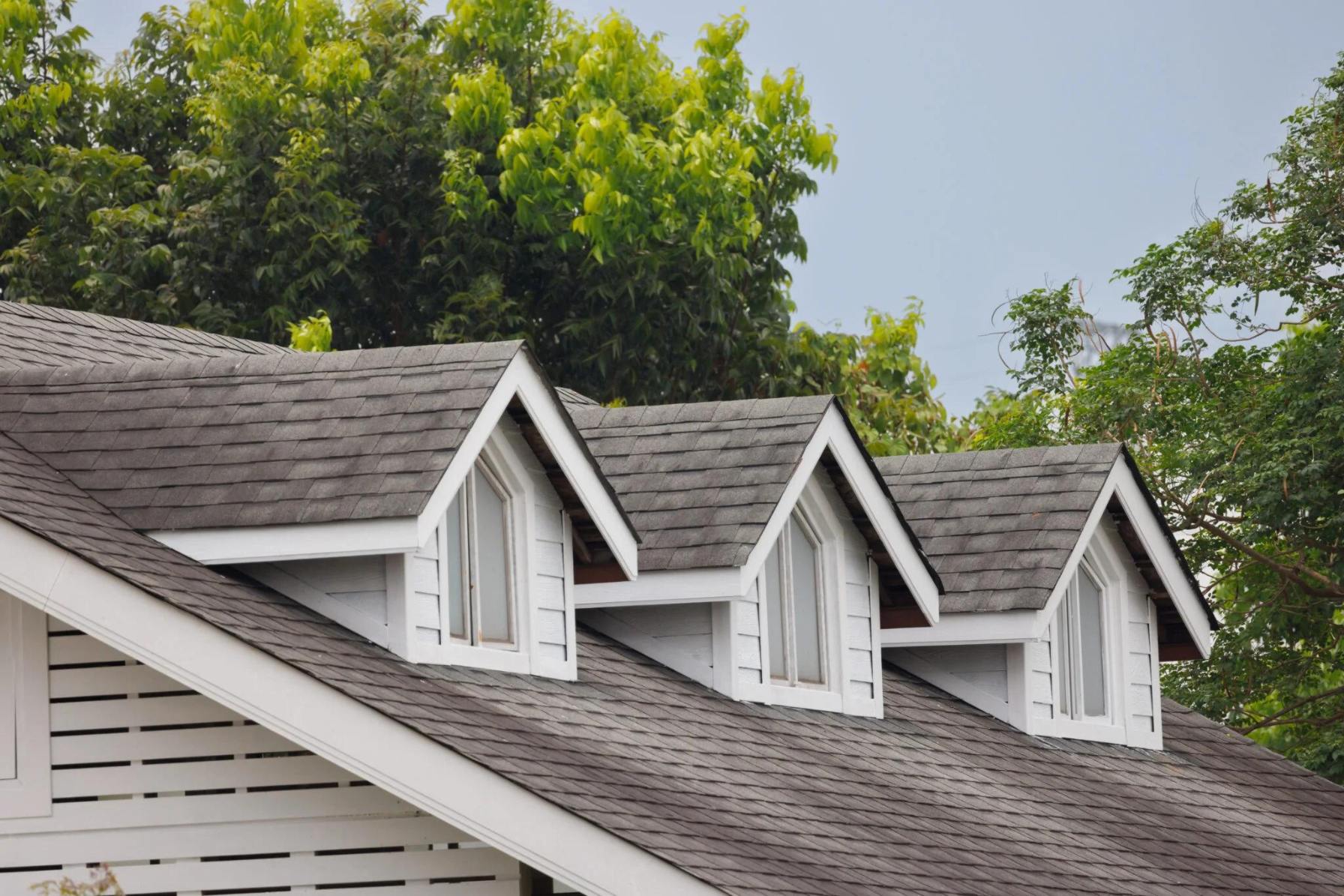
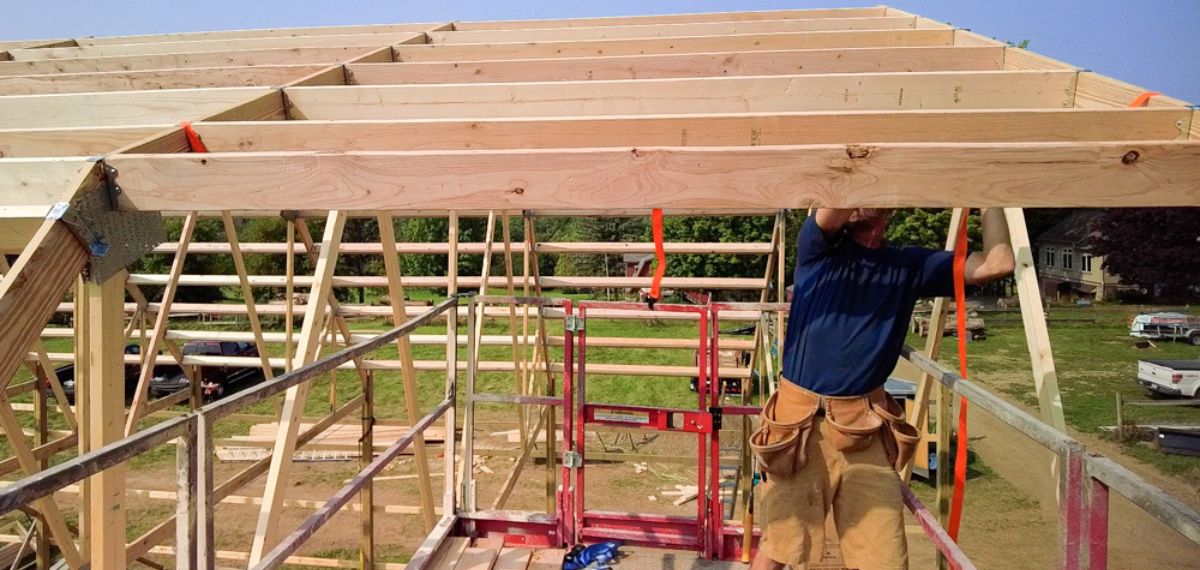
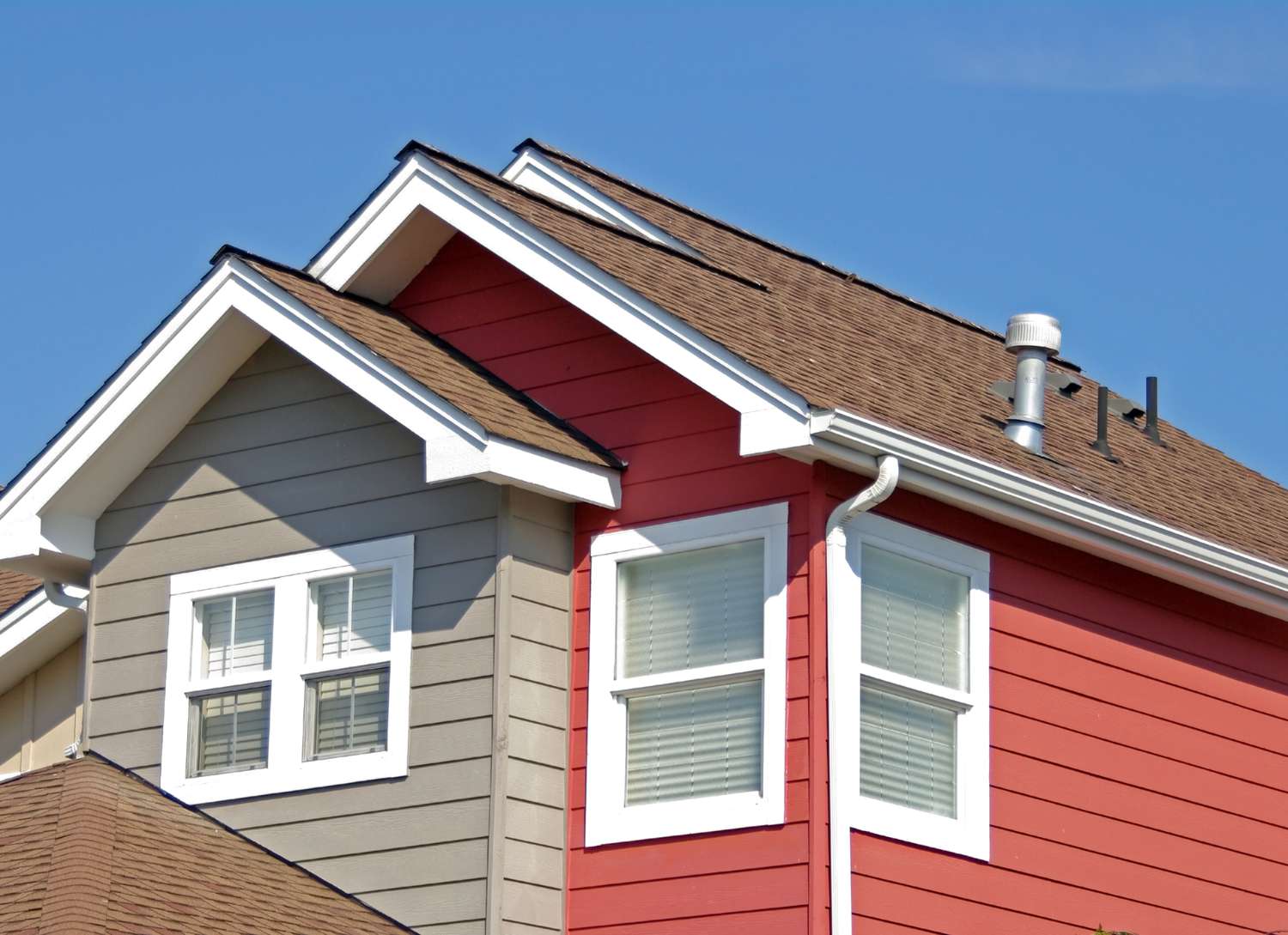
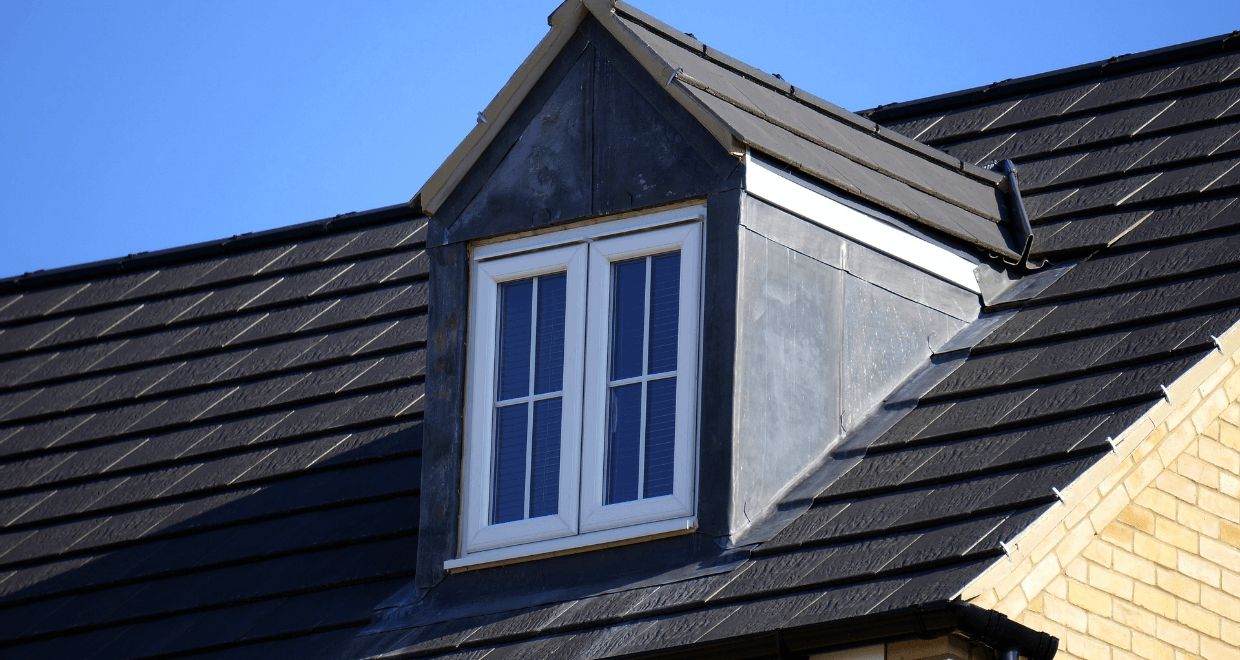
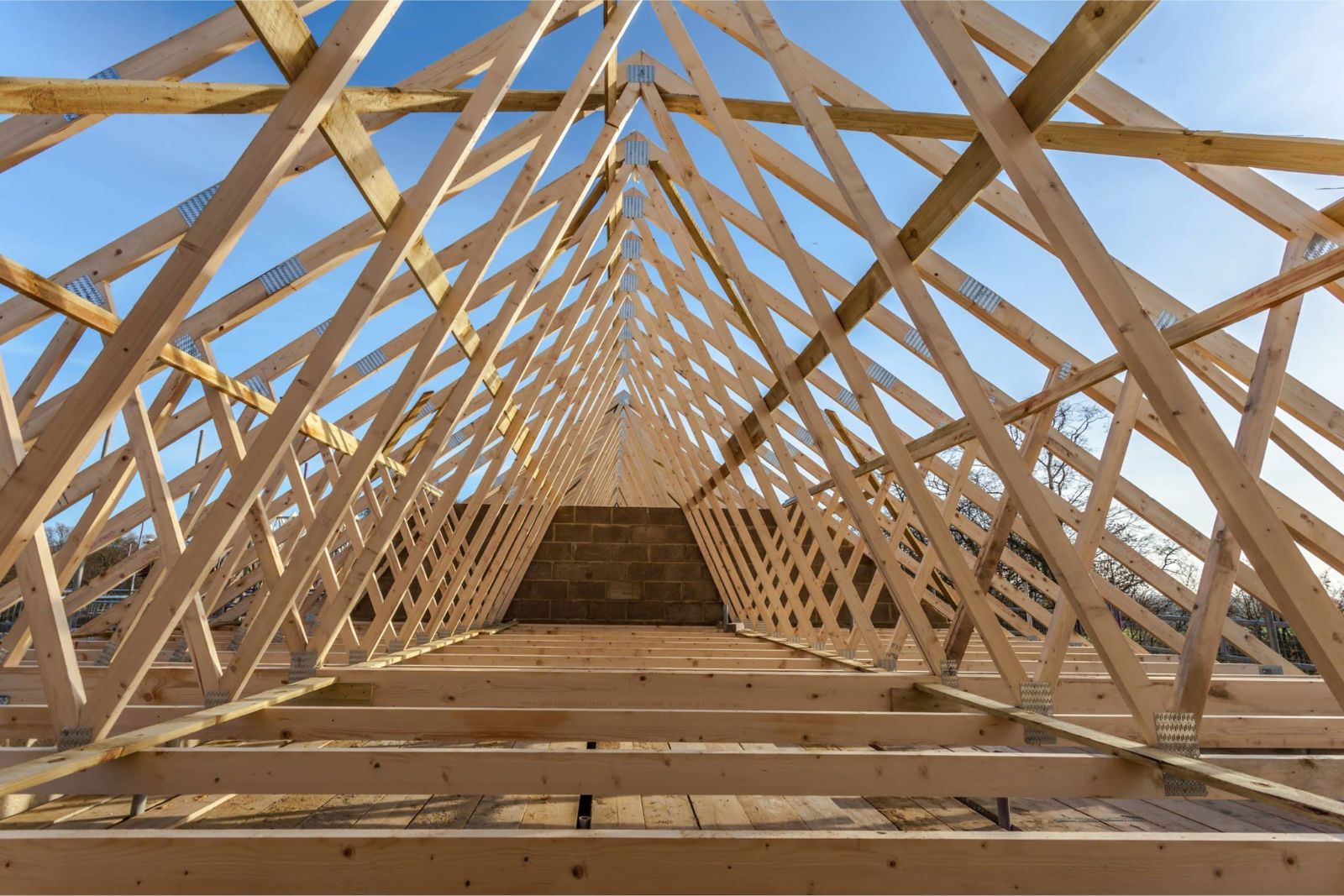
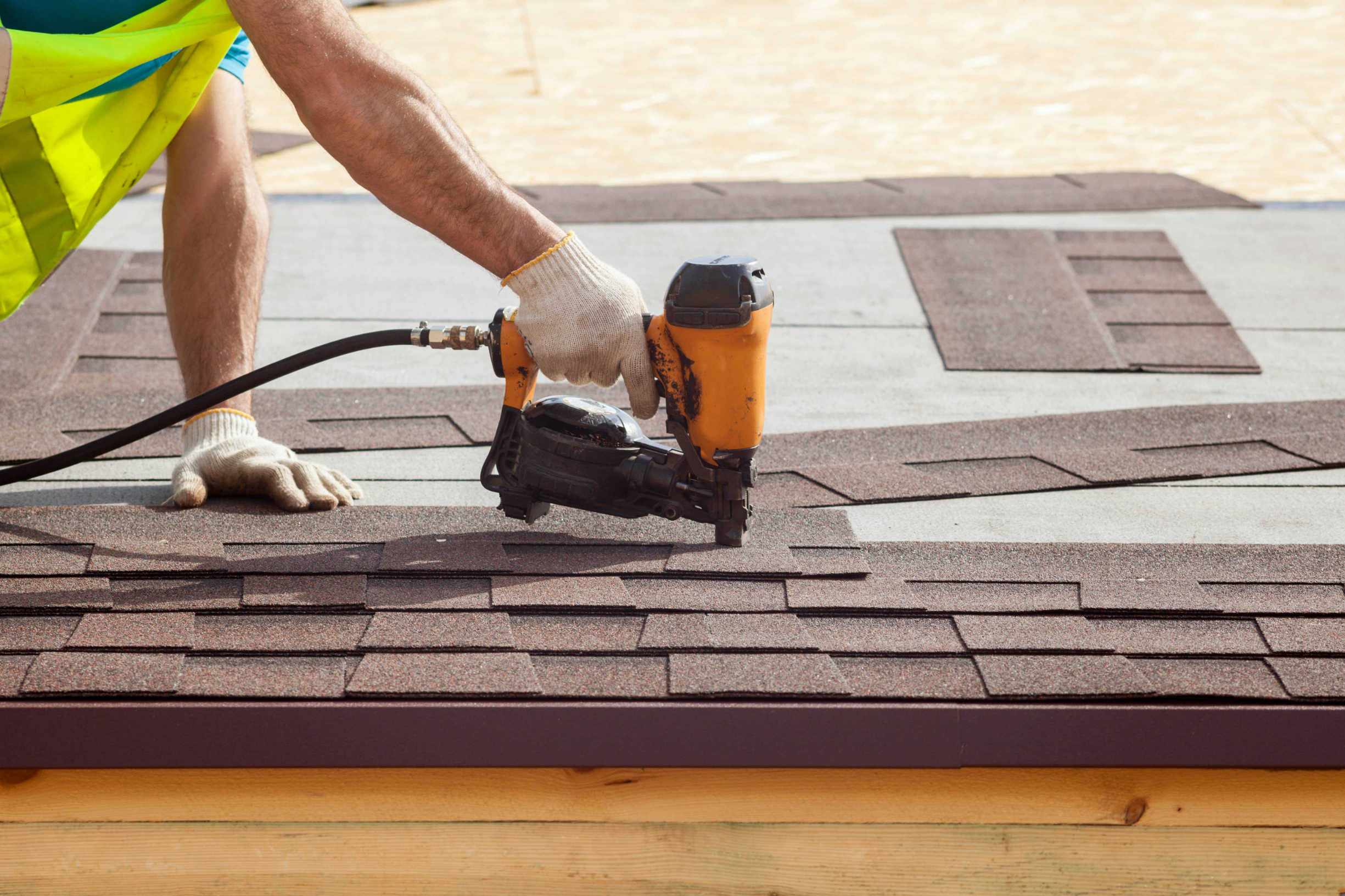
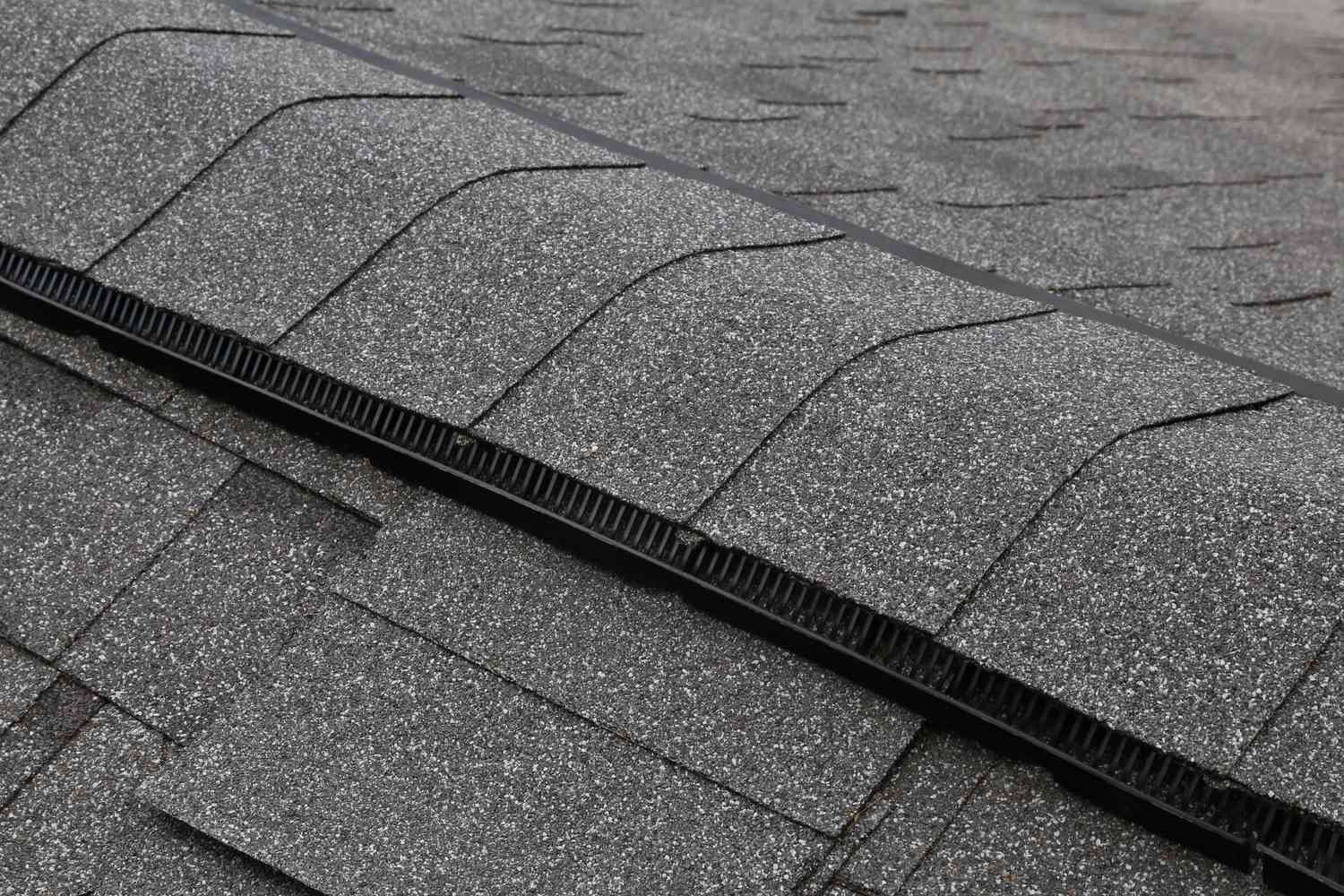
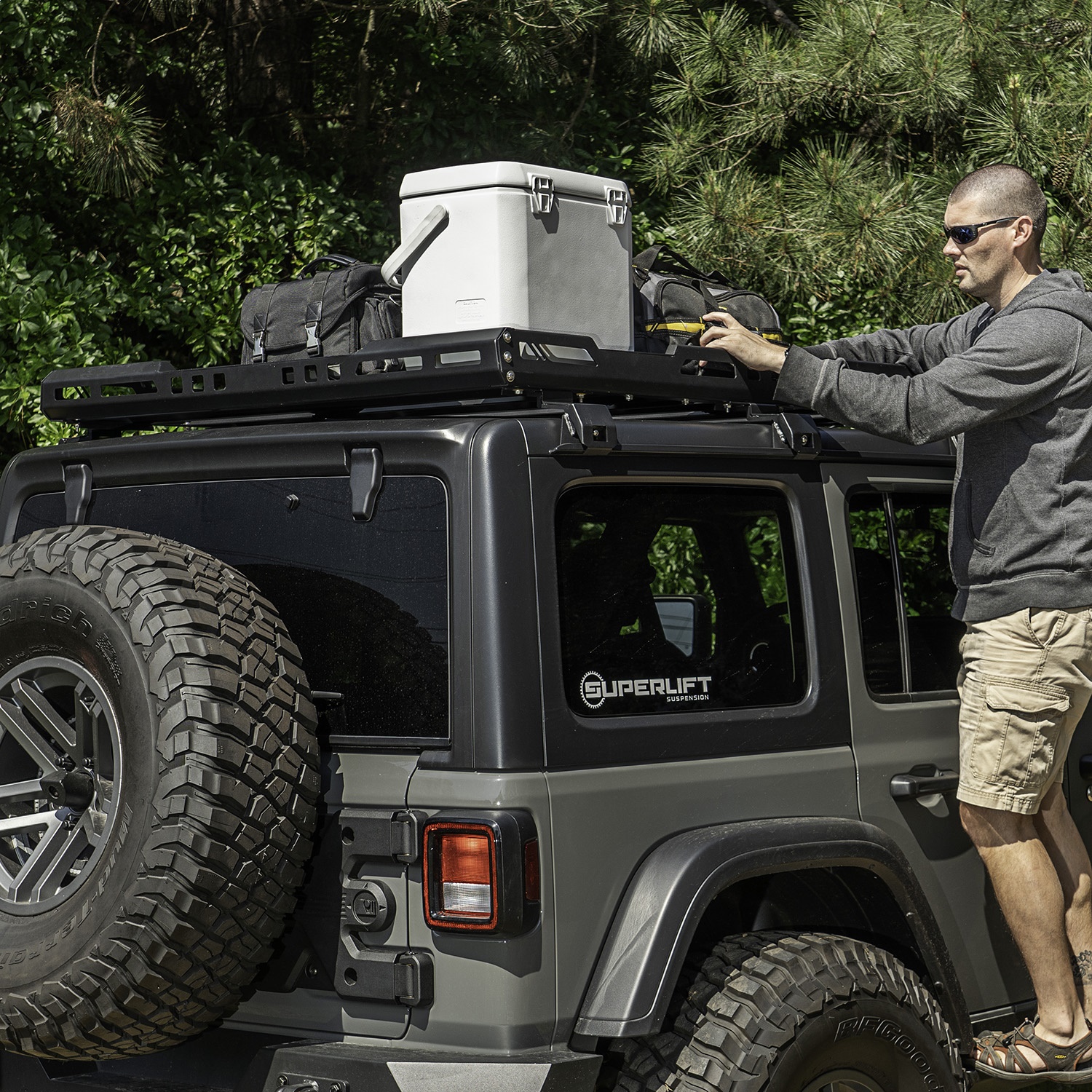
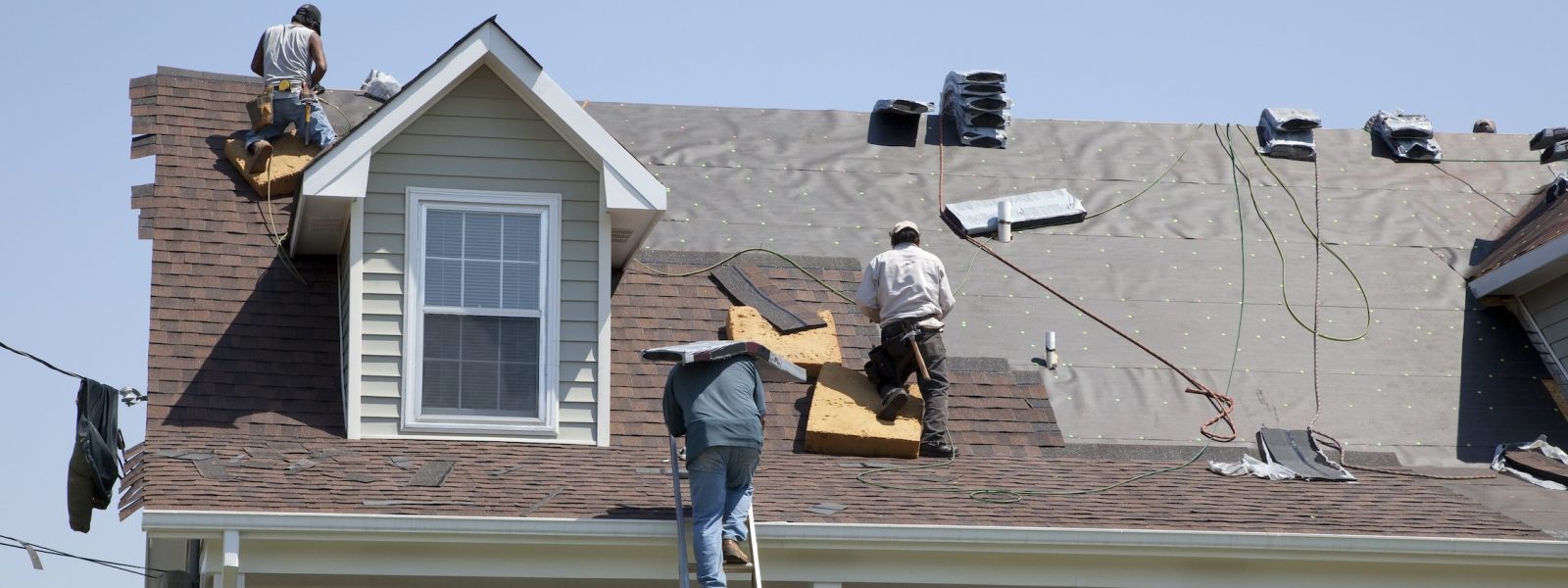
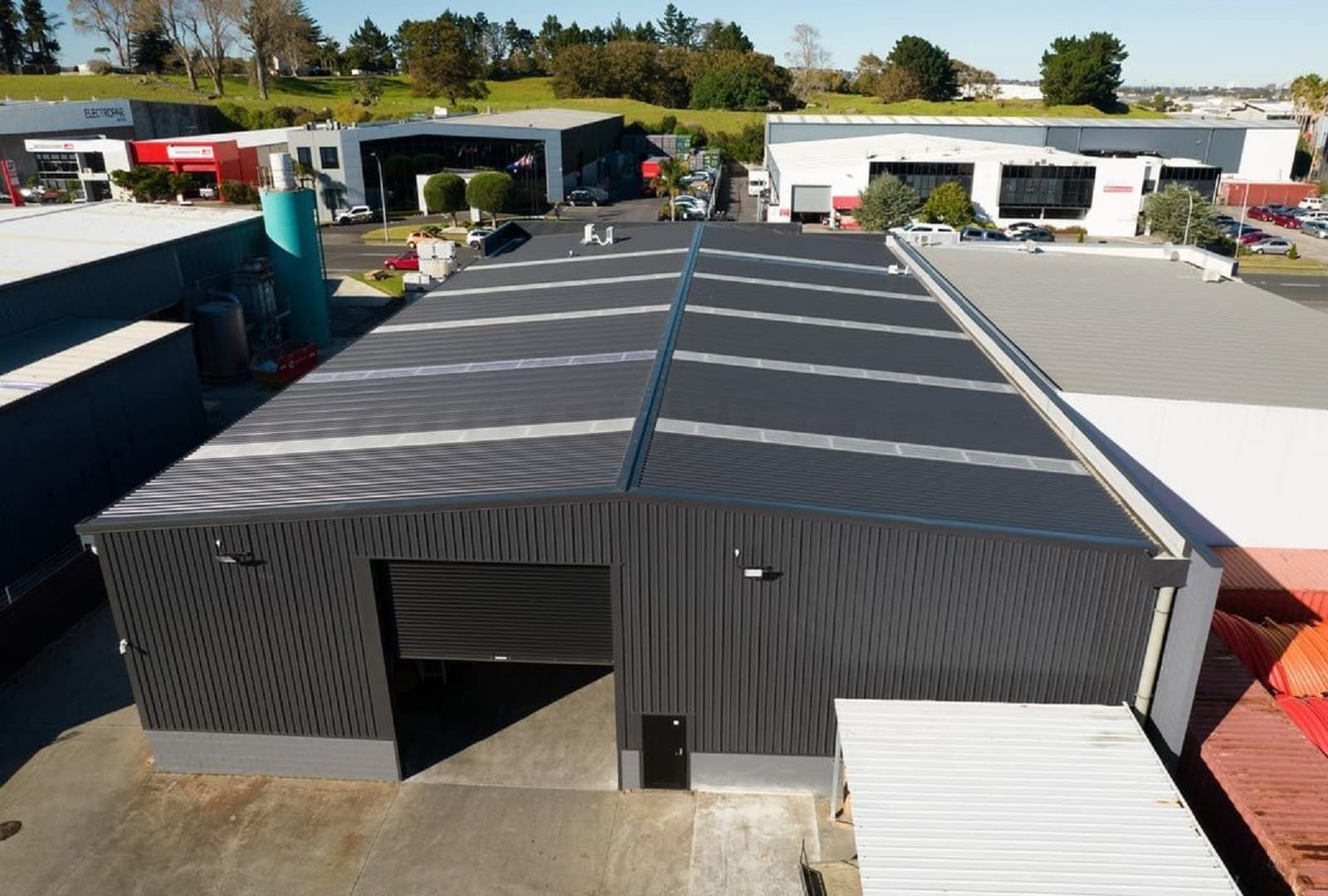

0 thoughts on “What Is Ice Damming On Roof”